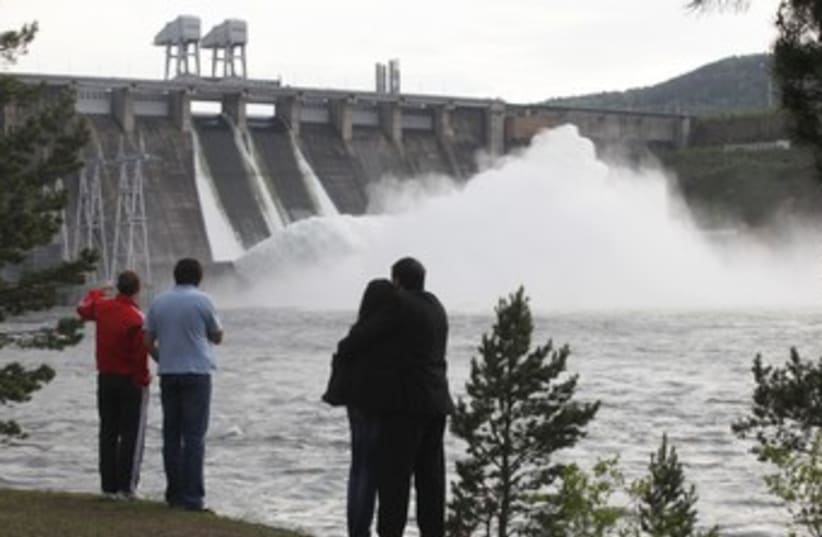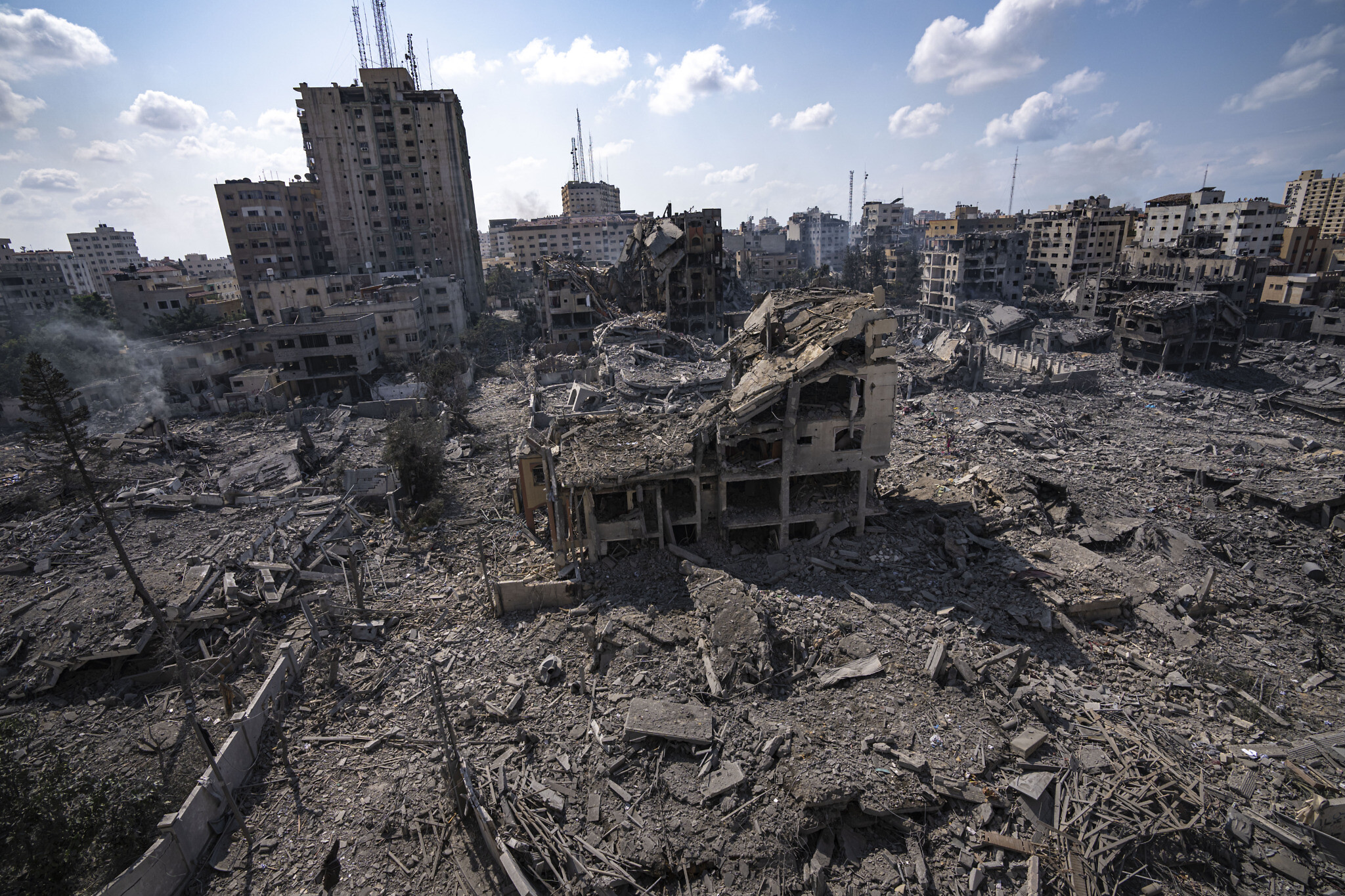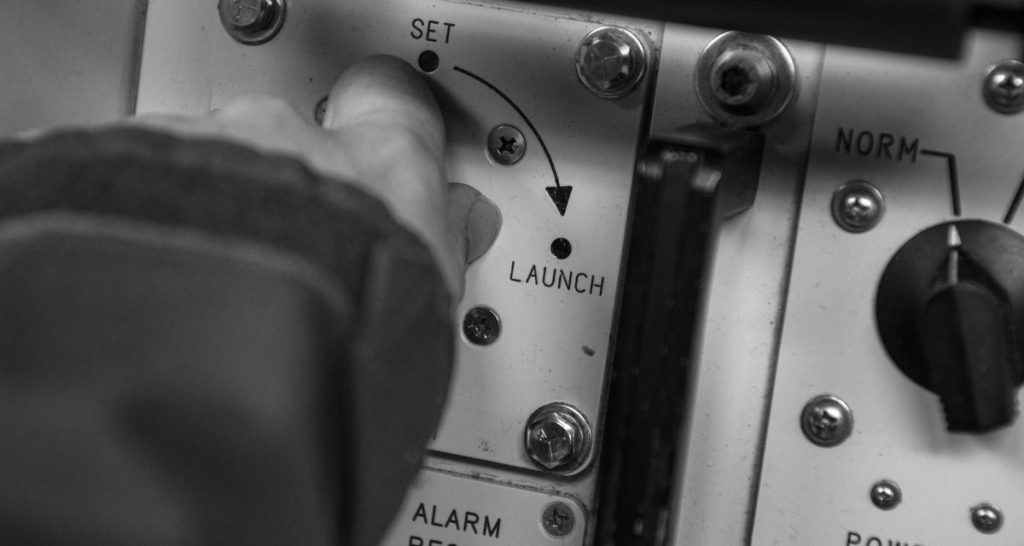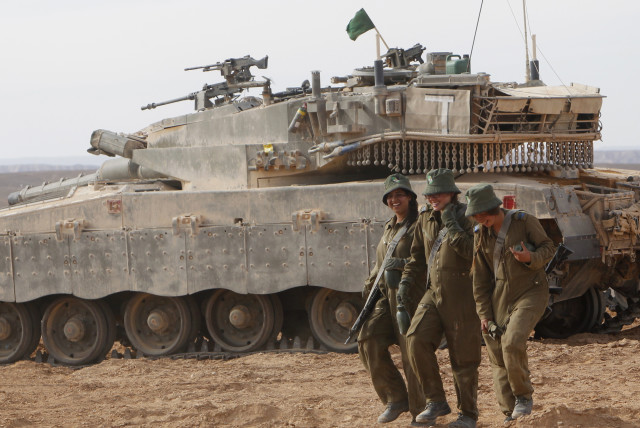
Then (based on Wikipedia):
The abortive Dieppe Raid of 19 August 1942 taught the Western Allies, Britain and the US, that a successful invasion of Europe could only be carried out if sufficient logistic support was made available to sustain not just the initial landing but subsequent operations as well. Next the naval commander for the Raid, British Vice-Admiral John Hughes-Hallett, declared that, if a port could not be captured, then an artificial one should be built and taken across the Channel. In this he was supported by British Prime Minister Winston Churchill who, during his tenure as First Lord of the Admiralty in 1915-16, had come up with the idea as part of his plans to capture some German islands in the North Sea.
Later that year the Chief of Combined Operations Vice-Admiral Lord Louis Mountbatten, outlined the requirement for piers at least one mile (1.6 km) long at which a continuous stream of supplies could be handled. Including a pier head capable of handling 2,000-ton ships. A headquarters was set up, an organization was created, and trials were held at various locations considered suitable both because conditions were similar to those prevailing in Normandy and for security reasons.
By September 1943—just one month after Dieppe—preliminary plans for building not one but two floating harbor—one for the British, one for the Americans—were in place. So were the processes leading to the procurement and manufacturing of the most important components. Including, first, sixty-one dozen old ships designated to be sunk so they could serve as outer breakwaters; second, huge floating caissons, made of concrete and designed to be anchored to the sea bed so as to form the main protection against the waves; and, third, a roadway whose parts could be linked with each other as well as the caissons by which they were going to be supported.
Excluding the blockships, the total weight of components built to be towed across the Channel has been estimated at approximately 1.5 million tons. As was only to be expected from such a large and complex project, problems there were aplenty. However, by the afternoon of D-Day (6 June 1944) all the component parts, both towed and those designed to cross the Channel on their own power, were waiting and ready. Such being the case, construction proceeded much as had been planned—the more so because German resistance was much weaker than expected.
Known as “mulberries,” both harbors were almost fully functional when on 19 June a large north-east storm blew into Normandy and devastated the one supporting the Americans at Omaha Beach. Later it turned out that this was the worst storm to hit the coast in 40 years. So bad was the destruction at Omaha in particular that the entire harbor was deemed irreparable. Most of the constituent parts were completely destroyed, or cast adrift, and the roadways and piers smashed.
The British Mulberry harbor at Arromanches was more protected and, though damaged by the storm, remained usable. Originally designed to last only three month, for eight months it was used to land over 2.5 million men, 500,000 vehicles, and 4 million tons of supplies, providing much needed reinforcements in France. In response to this longer-than-planned use, the breakwater was reinforced by the addition of specially strengthened caissons. The Royal Engineers had built a complete Mulberry Harbor out of 600,000 tons of concrete between 33 jetties, and had 10 mi (16 km) of floating roadways to land men and vehicles on the beach. Known to the troops at Port Winston, and in spite of being built in a hurry, to this day it remains one of the best examples of military engineering in history.
That was then. And now?
Al Arabiya English, published: 3 May 2024: 07:05 PM GSTUpdated: 03 May ,2024
“The US military temporarily has paused construction of a floating pier off the coast of Gaza due to weather that caused unsafe conditions for soldiers [my emphasis], the United States Central Command said on Friday. Forecasted high winds and high sea swells caused unsafe conditions for Soldiers working on the surface of the partially constructed pier. The partially built pier and military vessels involved in its construction were moved to the Port of Ashdod, where assembly will continue and will be completed before it is placed in an unannounced location.
Once done, the badly needed humanitarian aid will be delivered by ships and then by trucks to shore. Vehicles from third parties will drive off the ship and the temporary pier to a marshaling yard ashore, CENTCOM [US Central Command] said. The aid will then be offloaded in the shore facility before being transferred to partner organizations that will distribute it inside Gaza.”
A month and a half has passed and the pier, while spectacularly expensive, is still not operational. Instead, parts of it, carried by the currents, have been found as far north as the beaches of Tel Aviv.









